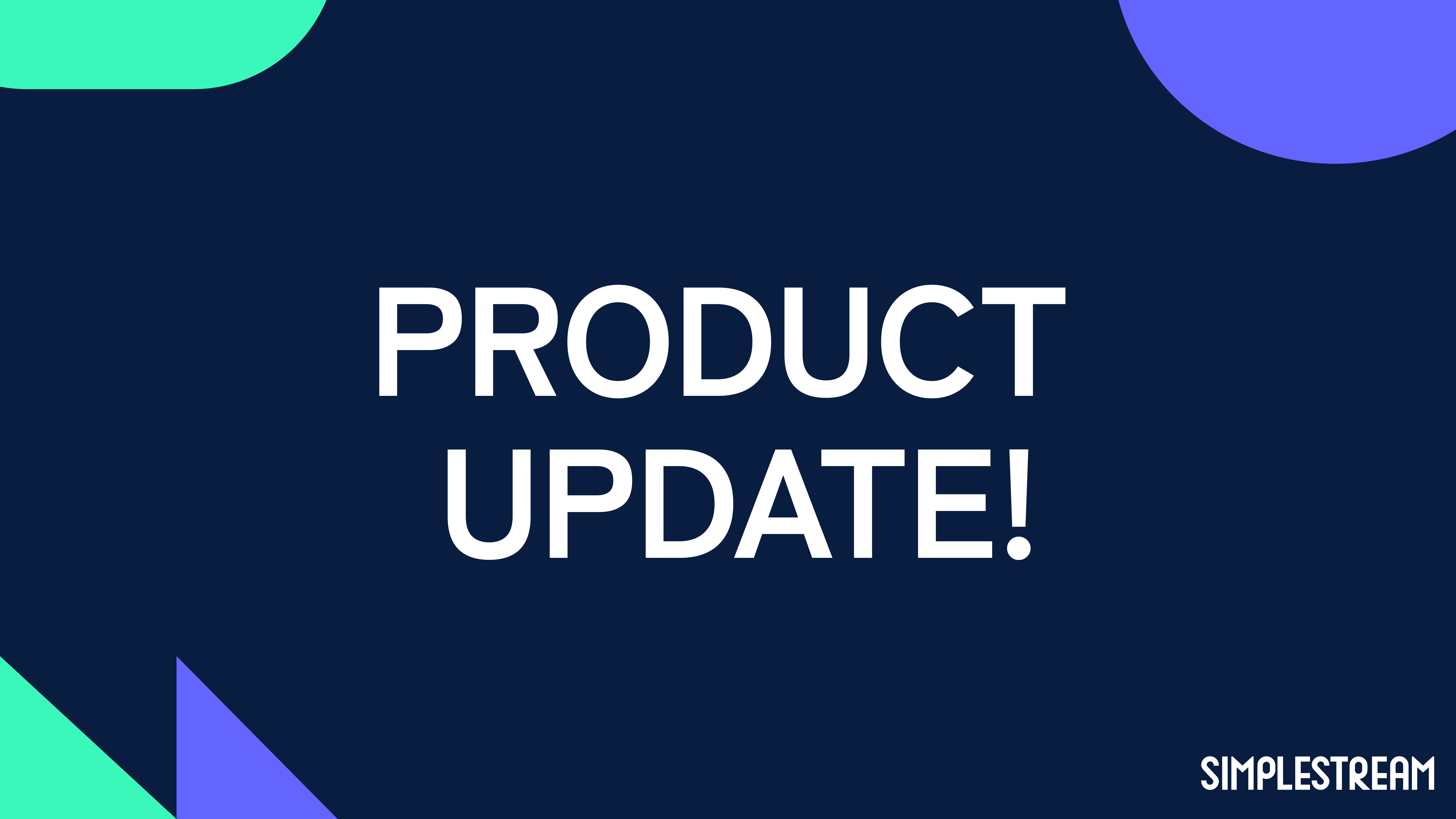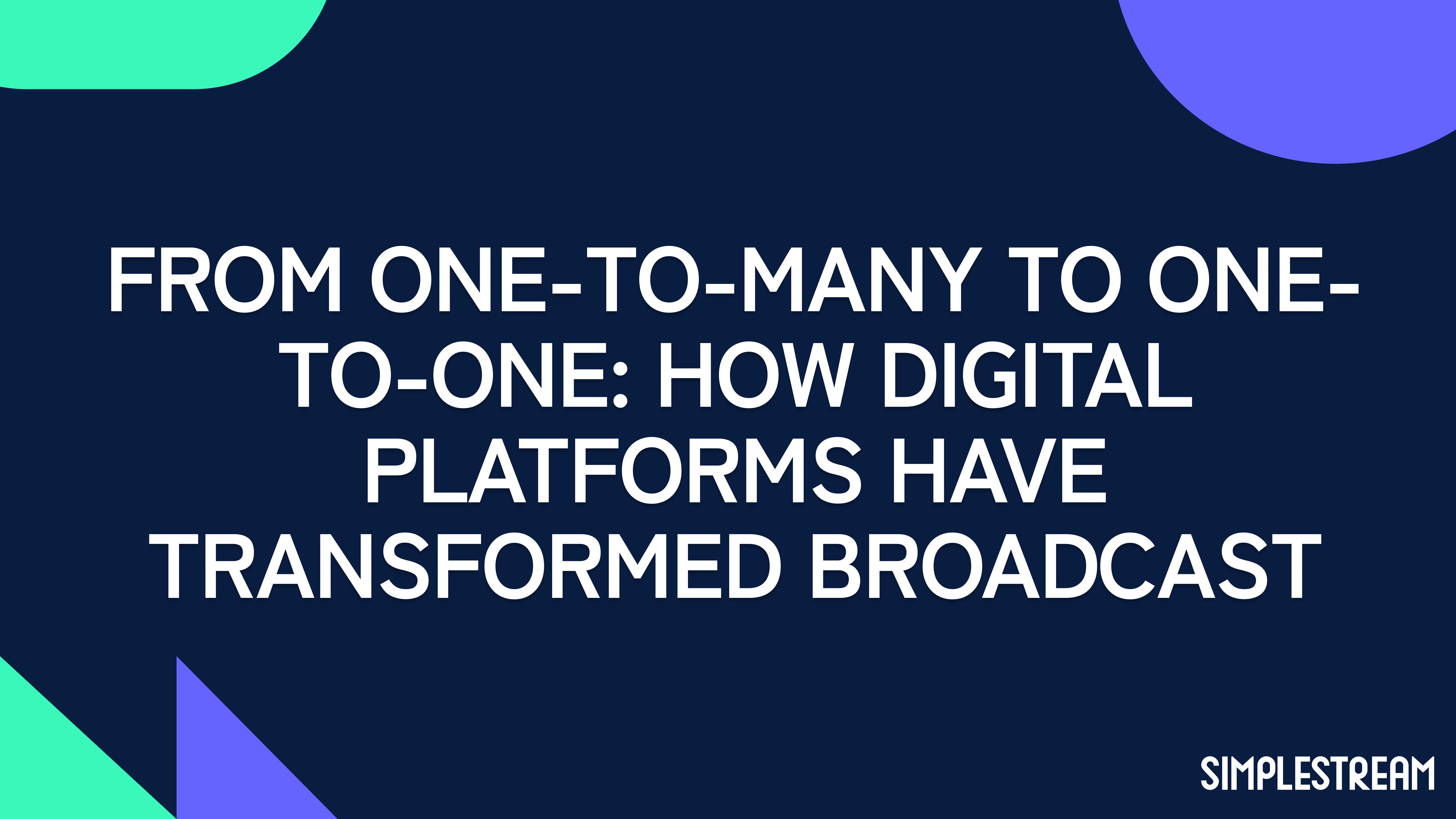A day in the life of an iOS developer: the future of app dev isn’t just AI
How remote app updates could change the face of app development, and how to do this within our CMS, Media Manager.
There’s a secret about the future of app development, and it isn’t Artificial Intelligence (AI).
No two days are the same at Simplestream for our developers. It’s not just building players and working with streams. Sometimes we even share the office with our resident mascot, Rico (see the image below).

Developers in industries outside of OTT (over-the-top) aren’t so lucky. They could be stuck developing the same features for years, only for them to never see the light of day. We’re continuously developing new features and implementing them for our customers here at Simplestream.
The pace of work can be intense, but it’s rewarding to see the outcome. When we develop a feature for App Platform — our out-of-the-box application set — it can seem like a simple change to add rounded edges to the corners of a button. However, when adding a completely new feature to an element that was templated, it’s deceptively complex.
It’s like deciding to add another egg to the cake mix after it’s already been baked.
“Alexa, how do you un-bake a cake?” – someone, somewhere, while reading this.
Simplestream’s applications are built with a set of predefined design templates utilising our design language and elements – with dozens of configurable options to make each app unique. This is what makes the build process so fast.
Here’s a short story to explain.
The tip of the iceberg 🧊
A customer requested rounded edges for buttons and images within their apps. This was the process for that change:
Change requested ➡️ Figma design updated ➡️ Tickets raised for iOS, Android, and big screen apps ➡️ Developers code the requested change into the apps ➡️ Developers upload the new builds to the respective app stores for approval
All of that, to go from this 🟩 to this ✳️
The features could be enabled on the backend to update UI elements, business logic, or layout. You can severely cut down the time for these updates being rolled out in future, as it doesn’t need to be reviewed by the Apple App Store. For example, button rounding could be changed in a live app, just by changing a setting in the backend.
A simple request can be the tip of the iceberg, requiring significant time invested from multiple teams. This can come at a significant cost, which is why we look to improve our process for development with every request.
Fruitful labour 🤝
As a result of completing that lengthy process for rounding buttons once, we decided to improve it. Now this entire process can be done remotely within our CMS, Media Manager, as follows:
Select each button corner within Media Manager ➡️ Apply a radius ➡️ Radius update is applied to the app buttons remotely via our API (Application Programming Interface)
What was a five-step process involving multiple teams is now three steps, and only requires one. This is the type of continuous improvement we apply to improve efficiency and reduce development time for smaller changes to applications.
Our applications are run from our core backend CMS: Media Manager. Corner radiuses can be updated globally throughout the apps at the touch of a button. Reusable components and radiuses make it simpler for customers to request changes across applications. Having this flexibility to make remote changes results in happier customers.
Having what are essentially “dumb” apps means that they’re remotely controllable on a regional basis too.
The secret to reducing customer frustration 🤯
Reducing friction for Simplestream customers is a driver for improving the development process of the App Platform applications.
Globalisation is a key part of this. Standardising core design elements and making the customisation centralised within Media Manager as a single source of truth, is integral.
Decreasing the number of variables involved in development reduces the margin for error significantly too. Reducing the number of people involved in a process, leaves less room for mistakes.
The shortcut for updating apps
Implementing this new process has also cut development time significantly. This has been achieved by building an API which controls the majority of the settings, ID’s and configuration within an app.
This means that we no longer need to submit a hard code update to the application to make small changes, such as rounding the edges of buttons (as a small example). Resulting in no requirement for a build to be sent to the app store for approval, saving time for our customers on development.
Win–win.



